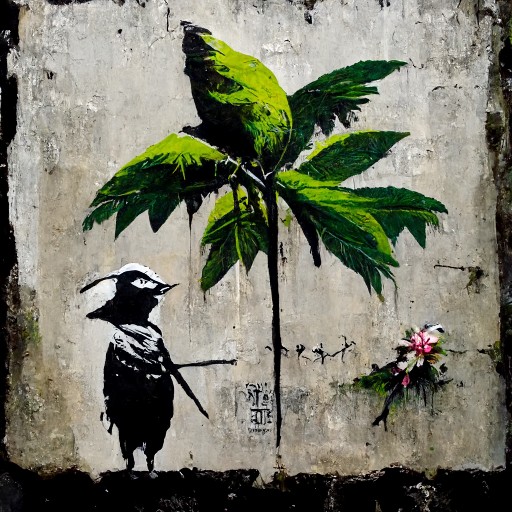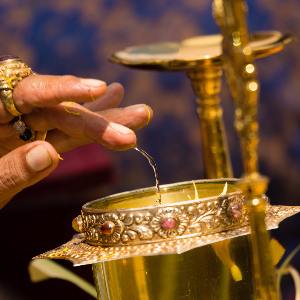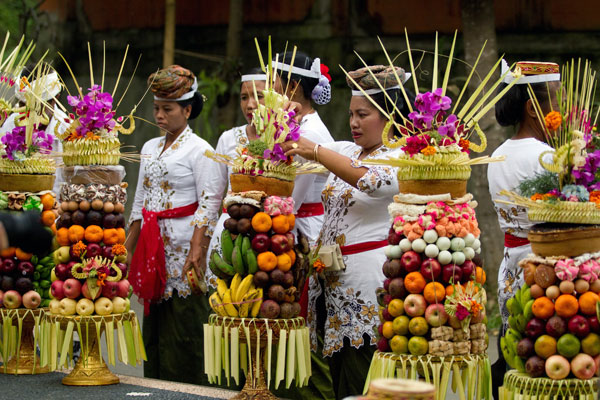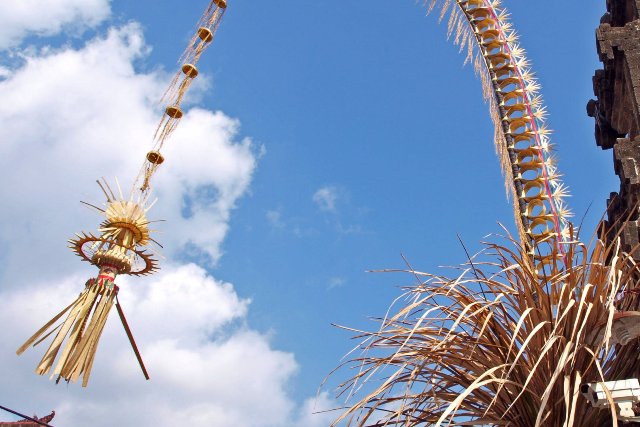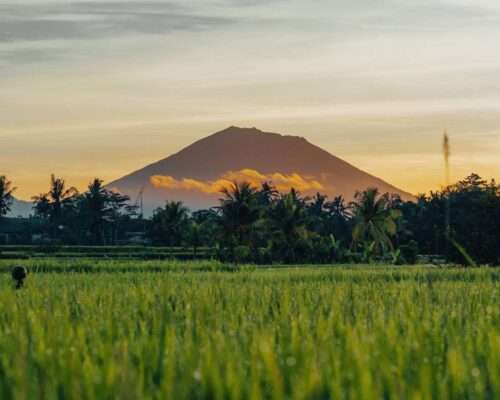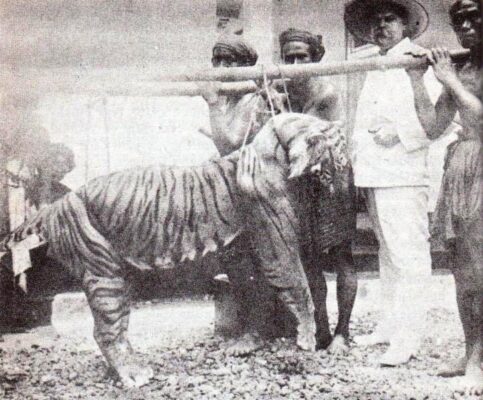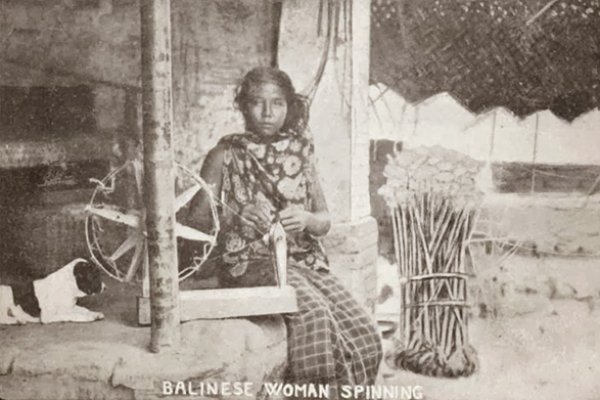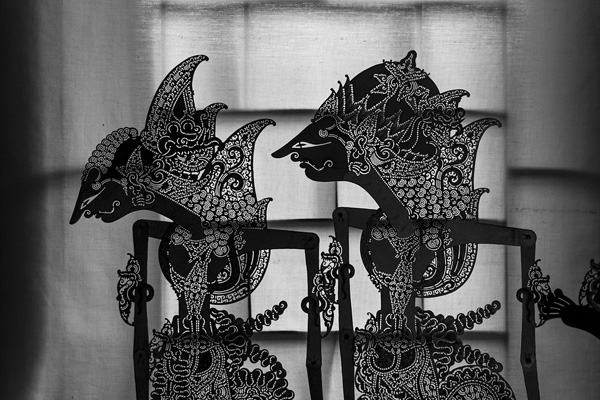Top Historical Events in Bali
7th century
Indian traders shape Balinese Hinduism and commerce.
9th century
Sanskrit inscriptions on stones are hidden in Sanur.
13th century
(1292) After the fall of Javanese King, Kartanegara, Bali obtains its independence.
14th century
(1343) Patih Gajah Mada, Majapahit’s greatest prime minister, manages to take over Bali and once again, the island is under Javanese control. Evidences remain in Klungkung region, Semarapura.
16th century
(1520) Islam influences Java, and most of the Javanese convert to Islam. A massive exodus of priests, artists and intellectuals from Java to Bali occurs due to the disagreement against the conversion. Bali becomes a Hindu-concentrated population.
(1546) Nirartha, a priest, builds dozens of places of worship for the Hindus including Pura Luhur Ulu Watu and Pura Tanah Lot.
(1579-1597) European Francis Drake in pursuit of spices, lands on Bali, other Europeans, such as the Portuguese and the Dutch, follow suit.
18th century – 19th century
(1795-1815) The Europeans fight to conquer the island with control shifting from Dutch to French to British and eventually back to the Dutch.
(1830) This year marks the end of slavery in Bali.
(1891-1894) There are rebellions against the Dutch, but none of them succeeded.
20th century
(1912) German tourist Gregor Krause brought Bali to international attention by publishing photographs he had taken of scantily clad Balinese women. Dutch tourists flood Bali after World War I ends, with most of them staying in Singaraja.
(1945-1946) Indonesia proclaims its independence from the Dutch with intense revolutions afterwards. I Gusti Ngurah Rai, a Balinese warrior who fights for freedom in the Puputan Margarana war dies; however, the Dutch lost their colonial confidence since then.
(1960) The airport is renovated, and international flights are available. Sanur starts off the mass tourism with its Bali Beach Hotel (now Grand Inna Sanur).
(1963) Gunung Agung eruption caused the deaths of thousands of people and the evacuation of hundreds of thousands.
(1972-1979) Australian filmmaker, Alby Falzon, shoots a short surfing documentary which led to a stream of Australian visitors afterwards. Another Australian started a club that caters to foreign partying styles.
(1998) President Soeharto resigns after 32 years of his campaign. His family owns and controls many prestigious resorts in Bali.
21st century
(2000) The effect of the Soeharto resignation is Muslim-sponsored riots that happened in almost all parts of Indonesia, including the island of Bali. Hundreds of Chineses and Christians fly to Lombok as their businesses were burnt down.
(2002) Bali bombings caused the deaths of hundreds of people. Bali economy was soon shattered after two suicide bombers blow up two famous clubs in Bali, the Paddy’s Pub and Sari Club. The bombs were attached to a backpack and a van and detonated in Kuta’s main streets, purposely done by Jemaah Islamiyah, a radical Islamist group that disagreed on government support towards the United States and Australia.
(2004) A permanent memorial was built on what used to be Paddy’s pub. It is made from carved stone in Balinese style with marble plaque that lists all of the victims (202 people). Australian ambassador and the local officials, including the victims’ families, attended the ceremony dedicated to commemorate the incident.
(2005) Bombs explode on two major tourist attraction sites, Kuta town square and Jimbaran, killing 20 locals and injuring hundreds of men. One of the bombs was carried in a backpack and blasted inside Raja’s restaurant; the other one exploded in one of Jimbaran’s restaurants. Mutilated bodies were a shred of strong evidence that it is a suicide bombing. Abu Bakar Bashir is found guilty of the conspiracy behind the bombing. He was sentenced to 15 years in prison, which created controversy as the public believed he deserved a death sentence.
(2010) After tensions decreased, Bali tourism began to blossom again. The island hosts International Geothermal Congress 2010 to signify clearly that tourists are safe to come to Bali. The movie Eat Pray Love that stars Julia Roberts gave exposure to Bali, and Ubud in particular.
(2010-2015) Many international events took place in Bali, including the East Asia Summit 2012, APEC CEO summit in 2013 and Miss World 2014. Bali’s first highway above the sea took 14 months to finish. It was constructed to avoid traffic congestion as the country hosted the 2013 APEC conference. The new international airport has opened, capable of receiving up to 12 million passengers a year.
Nov 2017
Mount Agung erupted several times, staying active for months. Thousands were evacuated and since then the government established a safety zone. Casualty remained low; however, this situation affected the Balinese strongly. Tourism numbers dropped drastically, affecting every line of business, causing immediate layoffs. Locals, mostly low-income families and farmers near the mountain, are evacuated for several months. The living conditions in these camps are harsh, and the livestock of the farmers suffered due to inadequate attention.
June 2018
A new governor, Wayan Koster, was elected by the Balinese people. The Balinese had high hopes that the new governor would help in tackling pressing issues and focusing on the island thriving. Concerns rose about the increase in traffic and trash problem, among other pressing issues.
August 2018
Several earthquakes near Lombok caused massive damage in the north of Lombok, killing almost 400 people. People fled the crowded Gili Islands. However, minimum damage was recorded in Bali.
March 2020
Indonesia declared the first case of Covid-19 in the country, which caused more than 5000 fatalities in Indonesia. This global pandemic has caused severe effects in many parts of life in Bali. It was even considered the worst disaster in the history, worse than the two bombing attacks and Mt. Agung erupting. However, just like other hard times, this too shall pass.
June 2021
A second wave of COVID-19 cases appeared, this time with the Delta form, filling hospitals to near capacity. Since President Joko Widodo was vaccinated at a live broadcast event, the government of Indonesia has implemented stricter regulations on social activities in public throughout the country.
February 2022
Multiple commodities saw price increases as a result of the invasion of Ukraine. The invasion of Ukraine was also a factor in a nationwide shortage of cooking oil that hit the country.
April-May 2022
Demonstrations erupt because the government has decided to increase the price of gasoline. The government also passed a bill regarding sexual violence, which was praised by activists as a significant step forward for the country.
November 2022
This 17th meeting of the Group of Twenty (G20) took place in Nusa Dua, Bali, Indonesia in 2022 (in Indonesian: Konferensi Tingkat Tinggi G20 Bali 2022).
